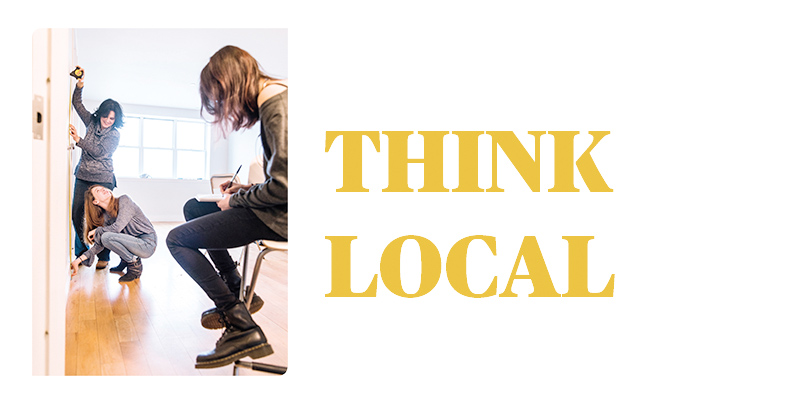While you’re getting your head around the macro, don’t lose sight of the micro. Median house prices can vary greatly from suburb to suburb. Here’s the local data house-hunters should have to help make an informed decision.
Price growth
While property is a long-term proposition, it’s worth comparing the last five years of price growth from suburb to suburb. If one suburb has moved beyond your reach, check out the performance of neighbouring postcodes. You might time it right to catch a suburb on the rise.
Days on market
If most homes are selling in 30 days or fewer, the suburb is probably booming. Most homes in Australia take 30 to 120 days to sell, so if a suburb is moving most of its properties in 40 or fewer days, it’s worth closer inspection.
Clearance rates
A clearance rate is the percentage of properties sold at auction over a week or a month. Interest rates, the time of year and competing events can all affect clearance rates. In major cities, a suburban clearance rate of 70 per cent or more is a positive indicator. A high auction rate can also be a sign that agents and sellers are confident demand in the suburb is strong.
Rental yields
Look for steady rental yields. Rental yield is the median rental income over a year as a proportion of the median property value. Rental yields can remain high even in stagnant property markets, especially if there is little rental stock, so it is one factor to be considered with a range of others.
Vacancy rates
The lower the vacancy rate, the higher the demand for rental properties, which is often a sign of market health. However, a glut of apartments might have no effect on house prices in the same suburb so be careful not to make assumptions on vacancy rates alone.
Other factors
No single metric can sum up a suburb’s prospects. Beyond the data there are a range of other factors that can influence local property markets, including existing and planned transport and roads, the quality of local schools, restaurants and cafes and community spaces, such as parks.
Do your homework, and once you have homed in on a suburb, talk to me to help you find a loan that is right for you.

